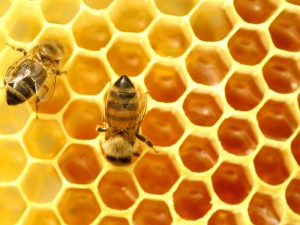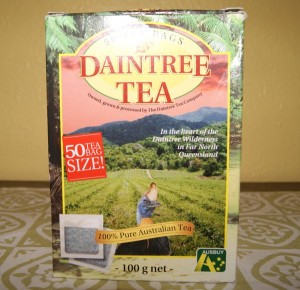
Many tea drinkers choose sugar as their natural sweetener of choice; it’s readily available, especially at the office where it’s placed conveniently next to the coffee maker or single-cup (wasteful) coffee contraption. Many others, myself included, use honey.
When comparing sugar and honey, does one surpass the other in health benefits? According to most independent sources I’ve found, no.
Calories
Both honey and sugar add calories to food. According to www.DrGourmet.com, one tablespoon of sugar contains 46 calories and one tablespoon of honey contains 63 calories. Because honey is sweeter than sugar, less of it can be used, which may even out the caloric intake.
Nutritional Value
The fact that honey undergoes less processing than table sugar makes it more appealing to some, but does it have any nutritional value over sugar? Most honey sold at grocery stores is pasteurized or heated to prevent yeast fermentation. Unfortunately, pasteurization removes honey’s vitamins, minerals, antioxidants, and digestive-aiding enzymes.
Most evidence points to raw or unprocessed honey for significant health benefits over sugar. It retains its nutrients and is often touted for its anti-bacterial, anti-fungal, and anti-viral qualities. Allergy sufferers may even find relief if using locally harvested raw honey, according to some sources. Raw honey consumption is not without risk, however, because it may contain harmful bacteria that could lead to botulism.
Glycemic Index
Low glycemic index (GI) foods release sugars into the bloodstream more slowly than high GI foods. According to Livestrong.com, some honeys fall into the low GI category.
Yellow Box honey and locust honey have GIs of 35 and 32 respectively — both considered low on the glycemic index. Pure honey and clover honey, on the other hand, have high GIs of 58 and 69 respectively. Table sugar has a GI of 60.
Which to Use in Your Tea, Sugar or Honey?
I suppose it’s best to avoid using honey or sugar if possible, or gradually reduce the amount of honey (or sugar) used while learning to appreciate the tea’s natural taste. This is my current plan of attack for the strong black teas I consume. So far so good.
If you do need sweetener to counter your tea’s bitterness, choose the one that tastes better to you. You can always add more milk.
UPDATE 5/21/2012: I don’t believe I sufficiently covered the risk of raw honey. For infants, both raw and pasteurized honeys contain botulism spores that can be harmful to infants. Raw honey may contain chemicals, such as pesticides and fertilizer, that may lead to food poisoning. For those allergic to bee venom, raw honey can cause an allergic reaction. Thank you LIVESTRONG.com for this information. Despite all of its disadvantages, I’ve decided to give local raw honey a try to see if it can provide some allergy relief.
UPDATE 6/30/2012: I’ve used local raw honey everyday for about two months now without incident. I think it may be helping with my allergies, but I’m not certain.


